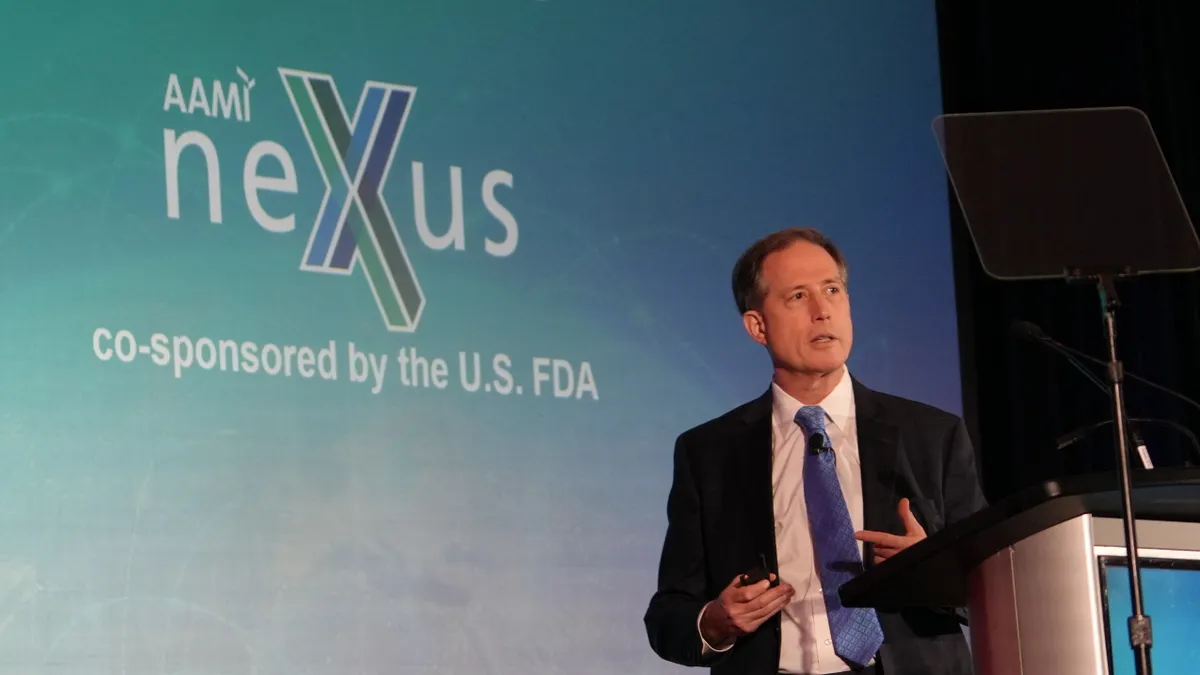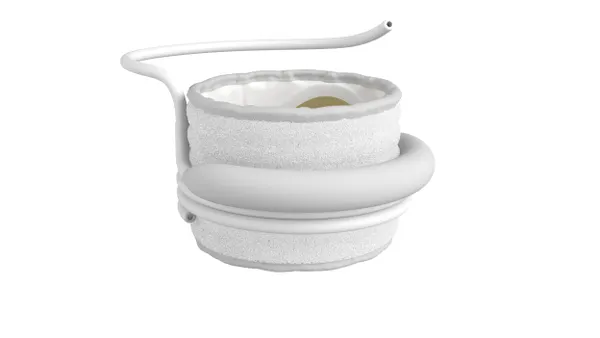A top Food and Drug Administration official wants to see more medtech companies take advantage of a pilot program the agency started to help de-risk the development process for new devices.
Jeff Shuren, the director of the FDA's Center for Devices and Radiological Health, shared an update on the agency’s Total Product Lifecycle Advisory Program (TAP) on Tuesday at device standards conference AAMI/FDA neXus.
“The feedback has been tremendous,” Shuren said. “In fact, one company already in the program for about a year has said they have saved a year in development time.”
TAP was established by the FDA in 2022 as a way to accelerate access to medical devices. At the time, Shuren said it would help devices important to public health successfully move through the development process and avoid falling into the “valley of death” before commercialization.
The pilot program initially received some industry pushback but was authorized as part of the Medical Device User Fee Amendments (MDUFA V) that year.
The program is open to breakthrough devices early in the development process, which have not started a pivotal trial yet or sent a pre-submission to the FDA. The goal is to help device developers move to FDA authorization more quickly or “fail fast” by meeting earlier with review teams and stakeholders.
The pilot started with 12 technologies focused on the cardiovascular space. Last year, it expanded to include neurological and physical medicine devices.
“Later this year, we'll get on the launching pad, probably opening up to two more groups, and this will spread across the center,” Shuren said.
In his pitch for TAP, Shuren said the program is intended to help companies solve more than just FDA-related matters. In addition to meeting with CDRH, developers can also make connections with “key patient groups, provider groups, and we’re working on the payers,” Shuren said.
“Too often, we've seen developers who didn't understand the voice of the patient or the provider, so the technology may not be optimally fit for purpose. The value proposition may not be laid out quite right,” he said. “And then the evidence being gathered, will it drive adoption? It may be safe and effective from our standpoint, but that doesn't mean it's going to get paid for, let alone used when it's out there.”
The agency could benefit by knowing what new technologies are coming and being able to get ahead of them from a regulatory standpoint. CDRH will sometimes make what it calls a “leapfrog guidance” where it lays out the regulatory pathway before a technology is ready for primetime, Shuren said.
“This will also be an opportunity for informing our standards development,” he said.
As of today, there are 35 technologies in the program. CDRH hopes to enroll up to 60 devices this year, the center said in its annual report.










